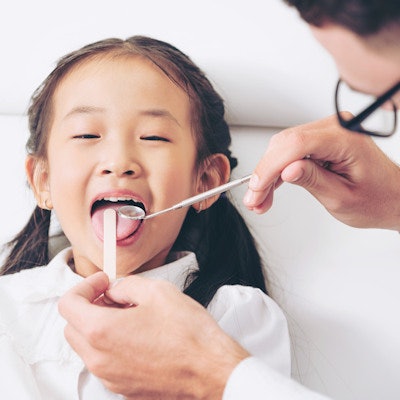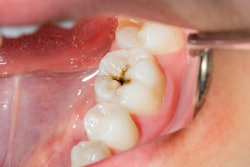
Will children visit the dentist more often if they undergo oral health screenings at school? There's not enough research that shows screenings improve dental attendance, according to a review published on July 27 in the Cochrane Database of Systematic Reviews.
Also, it's unclear whether improved dental attendance leads to better oral health, the authors wrote. The issue stems from insufficient evidence to conclusively say whether school dental screenings improve dental visits.
"We are uncertain whether traditional screening is better than no screening," wrote the authors, led by Sumanth Kumbargere Nagraj, an honorary research fellow with University College London in the U.K.
The new Cochrane systematic review was an update of a prior study due to a new source being identified. A review on this topic was previously published in August 2019.
To assess the effectiveness of school dental screening programs on overall oral health status and use of dental services, the authors reviewed eight randomized clinical trials that were published before October 15, 2021. The trials included 21,290 children between the ages of 4 and 15 and were based in the U.K., the U.S., India, and Saudi Arabia.
No trials conducted long‐term follow-up to determine the long-term effects of school dental screening. Instead, outcomes were assessed at follow-up visits at 3 to 11 months. Additionally, all trials only reported the number of children with caries but no other treated or untreated oral diseases, and there was no data about adverse events or the cost-effectiveness of screenings.
Four trials compared traditional screenings versus no screenings, and the authors of the review performed a meta‐analysis for the outcome "dental attendance" and found an inconclusive result with high heterogeneity. Study designs -- three were cluster randomized clinical trials and one individually randomized trial -- led to the heterogeneity. For these reasons, the authors downgraded the evidence to "very low certainty" and determined they were unable to draw a conclusion, they wrote.
Two cluster randomized controlled trials measured criteria-based screening versus no screening. The evidence showed that criteria-based screening may positively affect how often children visit the dentist compared to no screening, but the authors deemed this as low-certainty research. Also, there was no evidence of a difference in dental attendance when criteria-based screening was compared to traditional screening, the authors wrote.
Furthermore, the trials compared screenings that ended with a personalized referral letter to those with a generic note giving a referral to a specific dental facility versus advice to see a dentist, a screening plus motivation versus a screening alone, and a standard letter versus a post-screening referral based on self-regulation. Self-regulation is a framework that explains how people respond to threats to their health. The authors deemed the evidence "very low certainty," according to the review.
Not only are the trials not sufficient to draw conclusions about whether there is a role for school dental screening in improving dental attendance, none evaluated its efficacy for improving oral health, addressing possible adverse effects, or costs. Future studies are needed, specifically those that measure the effect of screenings on oral health over longer periods of time, the authors wrote.
"Moreover, it is not clear if improvement in dental attendance leads to better oral health," Nagraj and colleagues wrote.



















